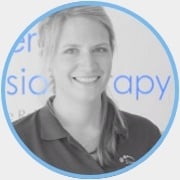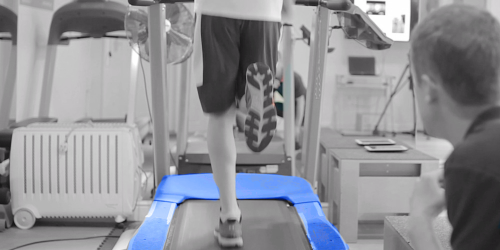Although the name might sound pretty frightening, Sever’s Disease is really a common heel injury that occurs in kids. It can be painful, but is only temporary and has no long-term effects.
Severs Disease is characterised by activity-related pain that occurs on the back of the heel, where the Achilles Tendon attaches on the heel bone. It is often misdiagnosed by non-paediatric staff as Plantar Fasciitis.
During the growth spurt of early puberty, the heel bone may grow faster than the leg muscles and tendons. This causes a biomechanical imbalance putting pressure on the growth plate. The Achilles tendon is the strongest tendon in the body and attaches to the growth plate in the heel. Over time, repeated stress (force or pressure) on the already tight Achilles tendon irritates the growth plate, causing the swelling, tenderness, and pain of Sever’s disease.
Who is most likely to suffer from Severs Disease?
Severs Disease is probably the most frequent cause of heel pain in children.
The condition occurs most commonly in children between the ages of 8 and 14 years but it can occur in younger children. Both boys and girls are equally vulnerable to its painful effects.
Sports requiring lots of running, jumping, and other high impact activities are particularly associated with Severs. Children may not feel a specific incident but instead they will complain of gradually increasing discomfrt in the heel that may eventually lead them to limp.
The three main factors that contribute to Severs Disease are:
1. Between 8 and 14 years old
2. Involved in sports or other activities
3. Actively growing
Although Sever’s disease can occur in any child, these findings increase the chances of it happening:
• Pronated foot (a foot that rolls in at the ankle when walking), which causes tightness and twisting of the Achilles tendon, thus increasing its pull on the heel’s growth plate
• Flat or high arch, which affects the angle of the heel within the foot, causing tightness and shortening of the Achilles tendon
• Overweight or obesity, which puts weight-related pressure on the growth plate.
How to spot the signs of Severs Disease:
• Pain and possibly swelling in the heel
• Difficulty walking
• Discomfort or stiffness in the heel upon awaking
• Discomfort when the heel is squeezed on both sides
• An unusual walk, such as walking with a limp or on tiptoes to avoid putting pressure on the heel
• Symptoms are usually worse during or after activity and get better with rest- it often returns when they return to activity.
Recovery and Recurrence
One of the most important things to know about Sever’s disease is that, with proper assessment and care, the condition usually goes away within 2 weeks to 2 months and does not cause any problems later in life.
The sooner Sever’s disease is addressed, the quicker recovery is. Most children can return to physical activity without any trouble once the pain and other symptoms go.
Assessing and treating a child or teenager is very different to that of an adult – Severs should only be treated by a specialist with knowledge in growth and development. If you feel your child has symptoms please ensure you seek treatment by a Paediatric Physio.
What’s the next step?
Make sure that you know exactly what the cause of your child's heel pain is and give them the best possible chance of making a full and speedy recovery.
Click here to book a free online consultation.
Or call one of our clinics now
Woking clinic: 1483 608733.
Egham clinic: 01784 618118.






